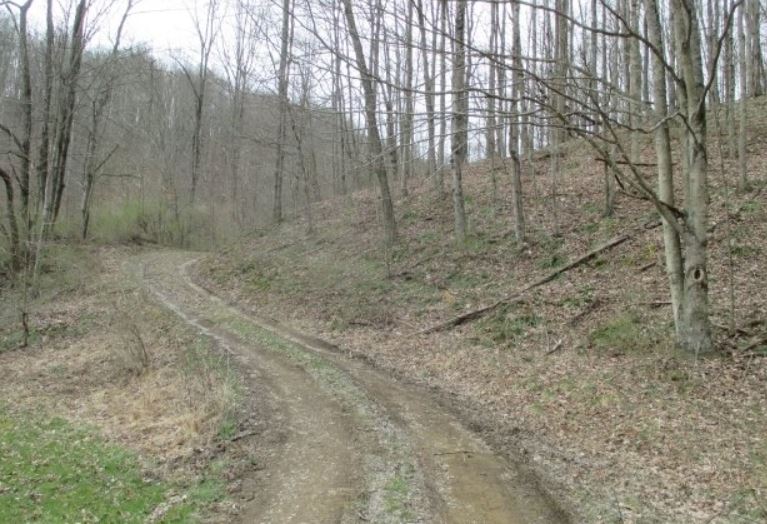Why Leasing Your Woodland Is Important After a Timber Harvest
Very few landowners try to make their property as profitable as possible. In most cases, family farms or lands are passed down through generations, and the same practices are used to earn money from it, including row crops, pastures for livestock, or the occasional firewood cutting. But if your property includes a lot of forested area, you might be missing out on two huge opportunities. Doing a tree harvest on your property has several advantages for you and for the health of the land, while leasing your woodland offers several additional benefits for you. Here’s how you can get started on both of these approaches.
Why Do a Timber Harvest?
First, why should you consider a timber harvest at all? Maybe you think you don’t have enough forested land to make it possible or the trees aren’t suitable for it. Or, in many cases, maybe you view timber harvests negatively, thinking it destroys the land instead of helps it. Let’s set the record straight by presenting a few reasons you should consider one on your property.

- One of the most obvious reasons to do a timber harvest on your land is that you can make a good profit from it before you even consider leasing your woodland. Depending on the acreage, the types and sizes of the trees, and the timber harvest method, it could provide enough income to pay the future taxes on the property for several years (or longer if invested correctly). You could also use the money to pay for improvements to the property (e.g., buying a new tractor, planting other high value trees and shrubs, etc.).
- Additionally, timber harvests are actually a very healthy and necessary part of the life cycle for most forest types. Wildfires and devastating storms periodically do this as well, which clears out the forest canopy and stimulates new growth. Timber harvests can simulate these natural processes and add diversity to your forest stand.
- Having different forest structures and ages on your hunting land leases is good for biodiversity’s sake, as there is a better chance of providing a certain habitat with multiple options. Instead of estimating things yourself, work with a forester who will help you develop a good plan that ensures your land can be as productive as possible (and thus earn you the most money without degrading your property).
- There are many kinds of timber harvest methods for different scenarios. Clear-cutting is a full removal option, which looks devastating and terrible, but actually helps tree species like aspens and birch to quickly provide young forest habitat within one growing season. Shelterwood or seed tree cuts allow you to remove portions of the forest but leave some mature canopy trees, which results in an open, park-like setting that helps maples or beech trees to regenerate over time. Also, you can advise the forester you work with to design your timber harvest to meet future timber goals, increase wildlife habitat, or just improve aesthetics – it’s your land and your decision, which you can outline in a property-specific forestry plan.
- Many wildlife species (e.g., white-tailed deer, wild turkeys, ruffed grouse, American woodcock, rabbits, etc.) need young forests to survive and thrive, so you can increase the amount of many game animals on your property simply by doing a timber harvest.
- Finally, many forest stands will actually start to suffer over time without any management. Old-growth areas are important for some wildlife species, but they are not as productive as many younger forest types. As forests age, they accumulate woody debris and snags, and many trees start to die and rot, reducing income generation from future timber harvests or from leasing your woodland.
Why Lease Your Land After a Timber Harvest?
Once you do a timber harvest, it might seem like you’ve exhausted your income production for those areas. After all, it can take some forest types decades to get back to merchantable timber sizes again. But you don’t have to let it sit idle until your kids inherit your land. Here’s how leasing your land to hunters can help you continue to earn money on land you otherwise do not use.
If you haven’t previously considered doing a commercial timber harvest on your property or allowing hunting leases on it, what has stopped you? Hopefully the benefits mentioned above of both of these approaches will help change your mind. If you’re interested in getting started, reach out to your state forestry agency, who will be able to pair you up with a qualified private land forester to develop your timber harvest plan. Also, contact us here to have one of our professionals assess your property, give a reasonable idea of the prices you could charge for a hunting lease, and talk through how to lease your land for hunting. You’ll probably be surprised how profitable leasing your woodland can be, especially when you pair it with a well-managed timber harvest beforehand.
GET INFO ABOUT LEASING THE HUNTING RIGHTS TO YOUR PROPERTY
[av_sidebar widget_area=’SRM-CAPTCHA-FORM’ av_uid=’av-2q9txt’]


I love that you mentioned how timber harvests are a very healthy and necessary part of the life cycle for most forest types. A friend of mine has some land, and he’s thinking about harvesting trees on it. But he doesn’t know anything about that he got the land by inheritance. I told him about going to a professional to get a forestry consult, plus I’m going to share this with him. You did a great job explaining why to do a timber harvest.